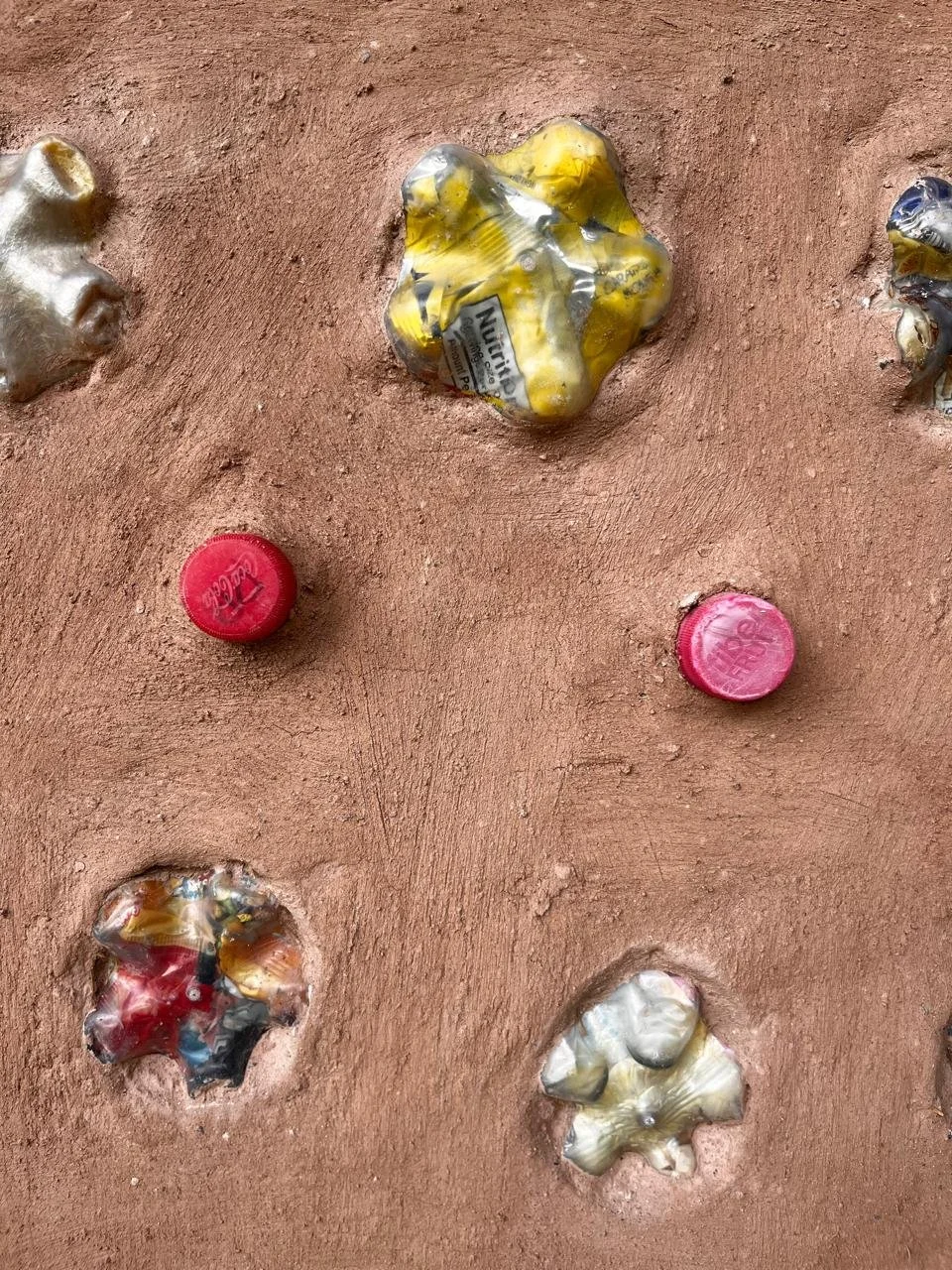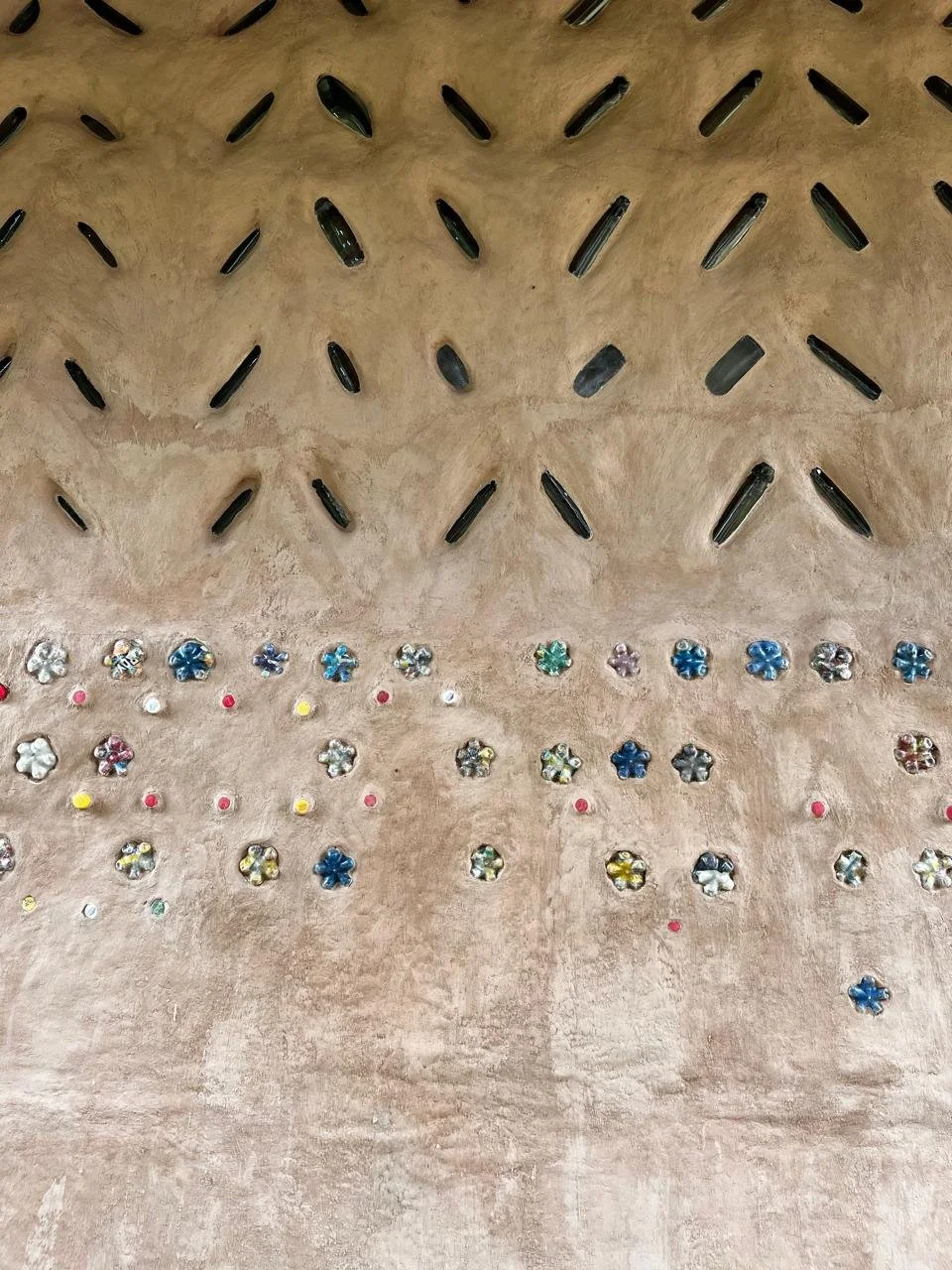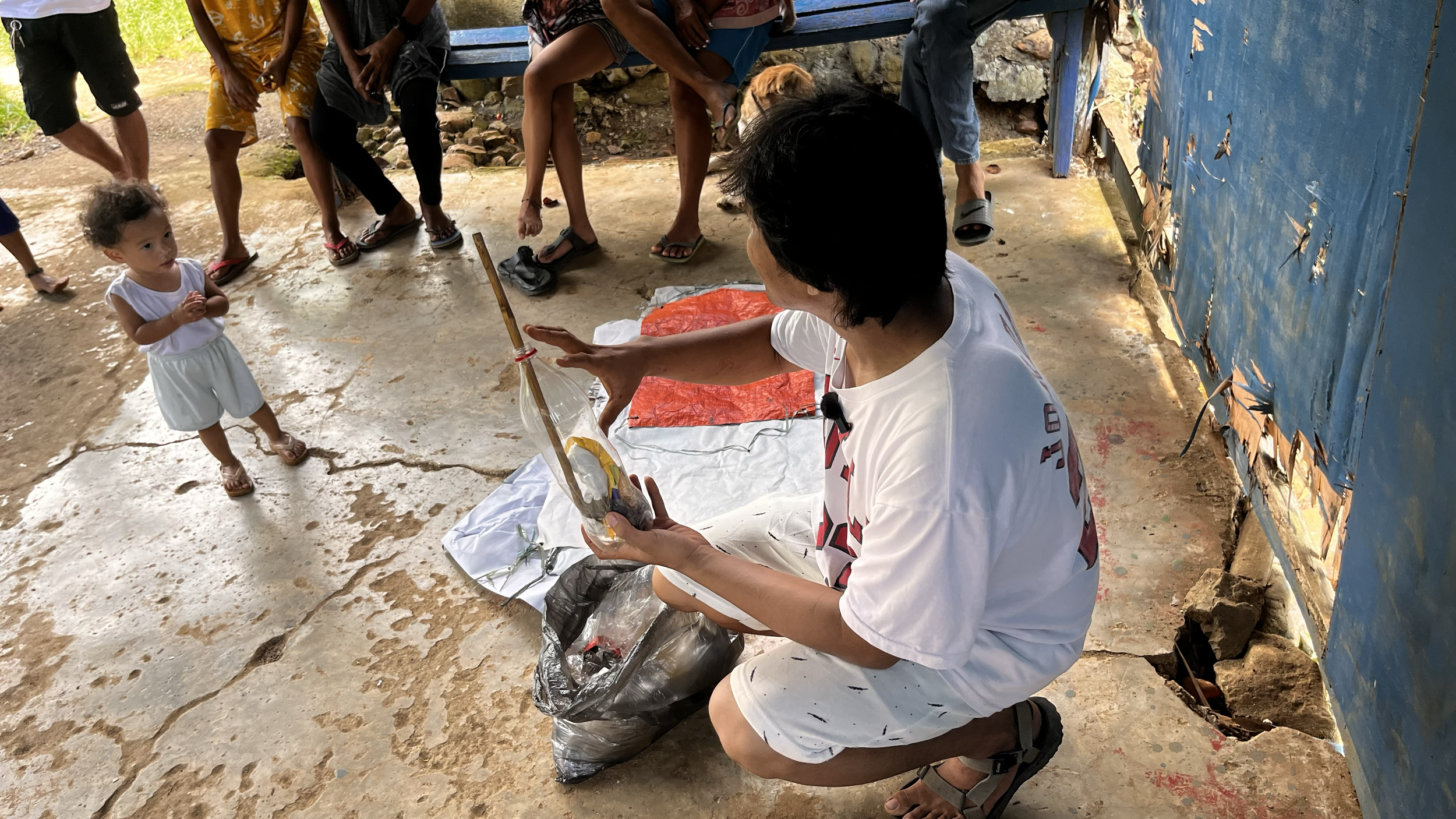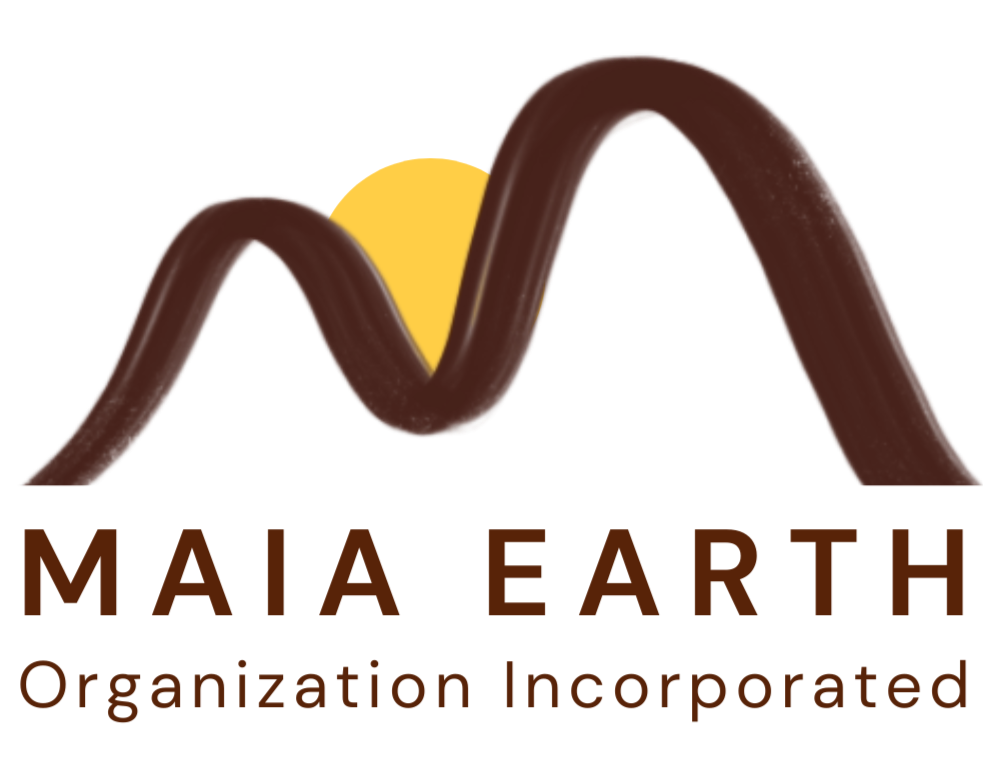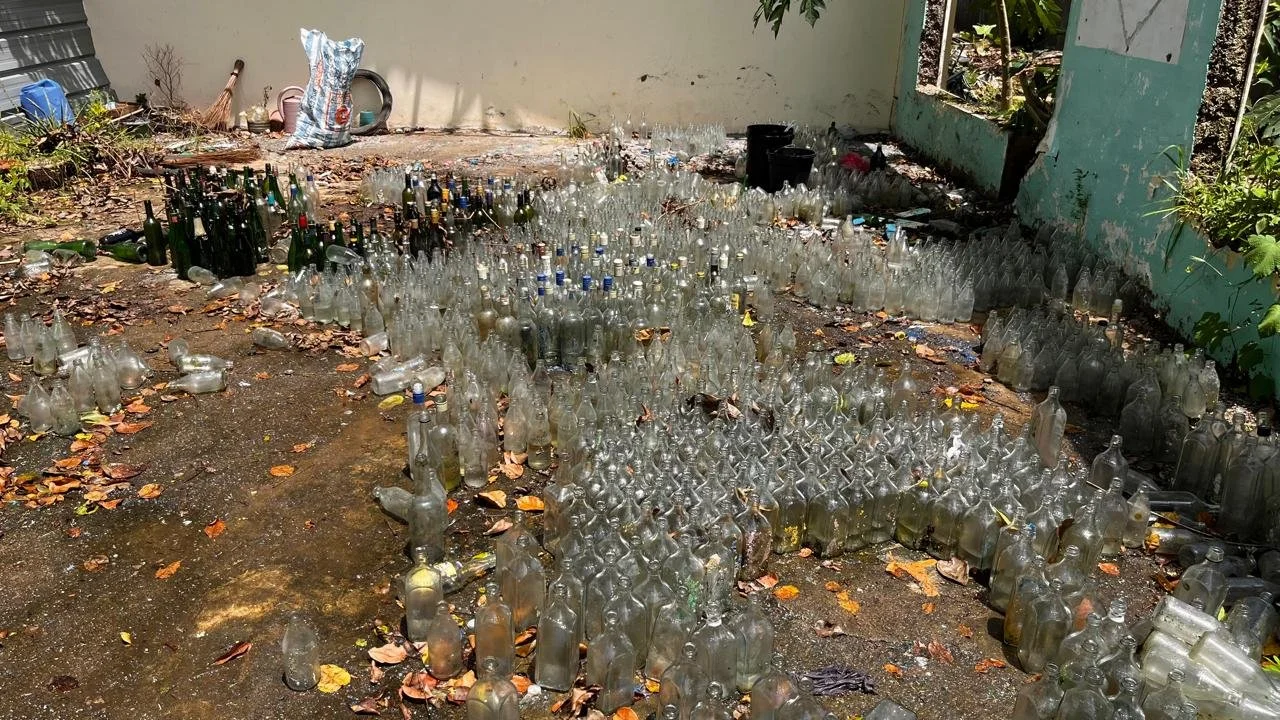Circular solutions
When Waste Becomes Resource and Fuel to Social Transformation
Creative solutions to waste are essential in building resilient, regenerative communities. Conventional systems often treat waste as a problem to bury or burn—but through innovation, we can turn it into a resource. Whether through composting, up-cycling, ecological sanitation, or community-based recycling, creative methods reduce environmental harm while fostering local livelihoods, education, and circular economies. These grassroots strategies empower people to reimagine waste not as the end of a cycle, but the beginning of transformation—for land, community, and future generations.
At Maia, we turn discard into wealth: human waste and kitchen scraps are part of our soil regeneration initiatives. It has been now six years since we consistently followed ecological sanitation techniques that have turned our mountain greener and greener.
Compost and compost toilets are powerful tools for restoring soil health while addressing waste sustainably. Instead of polluting water systems or filling landfills, these low-cost systems return organic matter and human waste safely back to the earth. Through natural decomposition, they create rich, living compost that rebuilds soil structure, boosts fertility, and supports local food production. By closing the nutrient loop, compost and dry toilets help communities care for both people and the land—regenerating ecosystems from the ground up.
Bottle Walls are also a clear example of how waste, when reimagined, can become part of the solution—building shelter, resilience, and a culture of regeneration. In our mudhouse designs, glass bottles are used to build the walls and contribute with passive lightening.
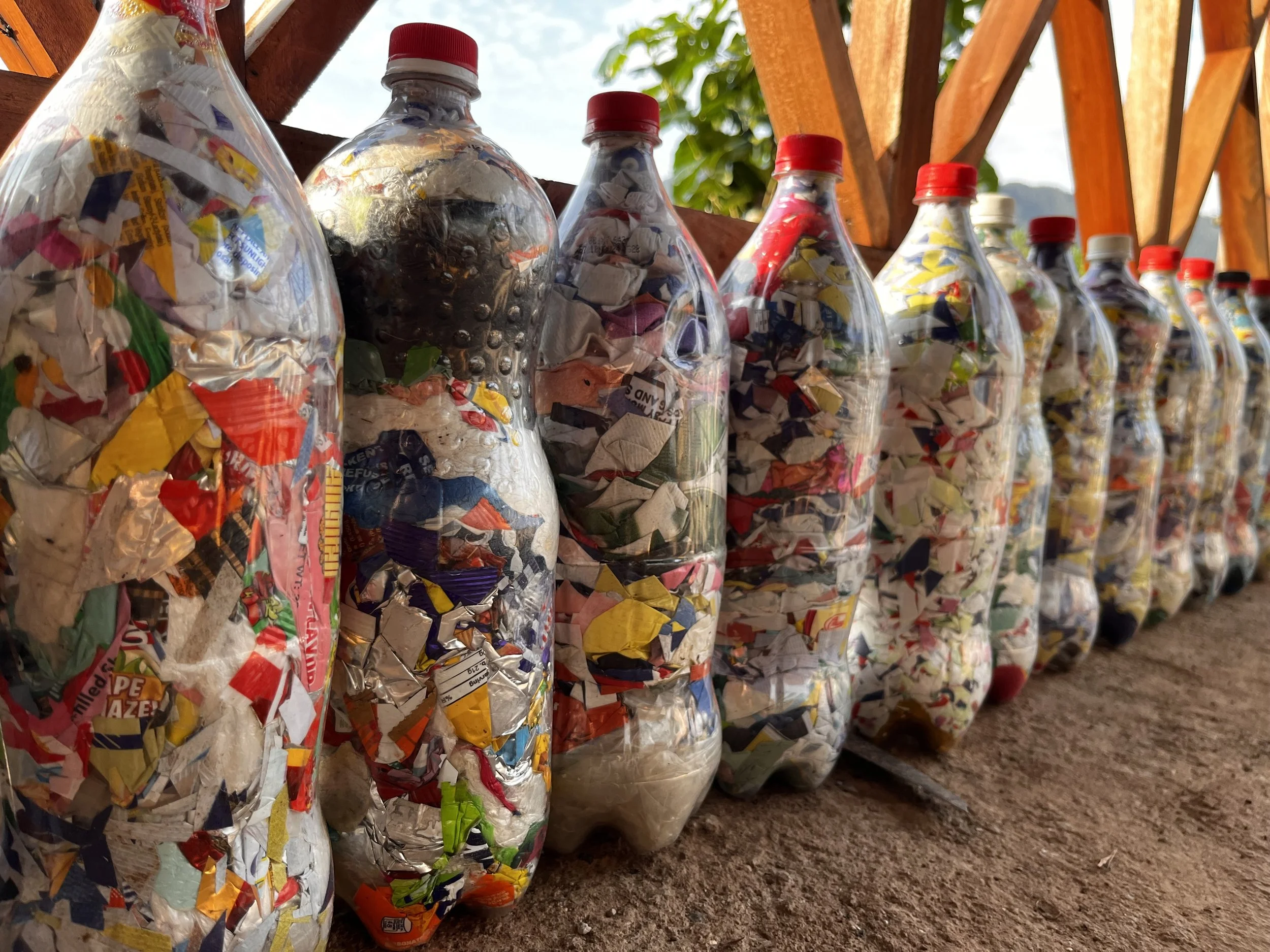
From Plastic Problem to Building Solution
As members of the Global Ecobrick Alliance and one of the pioneers to advocate for ecobricks as plastic sequestration in the country, Maia Earth has been promoting and implementing such technology through projects in communities and governmental institutions.
The Philippines generates 2.7 million tonnes of plastic waste annually and ranks third globally for the highest number of mismanaged plastic waste entering oceans. With urban centers suffering from overwhelmed or underfunded waste management systems, while rural and coastal areas have little to no access to proper waste disposal infrastructure, Ecobricks offer an immediate, accessible, and affordable way to intercept plastic waste before it ends up in waterways, forests, or being burned in backyards.
At their core, ecobricks are plastic bottles tightly packed with non-biodegradable plastic waste—such as wrappers, bags, straws, and other soft plastics—that cannot be easily recycled through conventional systems. Once properly filled and compacted, these bricks become strong, durable building blocks that can be used for constructing furniture, garden spaces, walls, and even entire structures. But beyond their physical utility, ecobricks represent a transformational shift in how individuals and communities relate to consumption, waste, and ecological responsibility.
A simple, low-cost, grassroots solution that transforms plastic pollution into a sustainable, modular building material—offering a way for anyone, anywhere, to take personal responsibility for their plastic waste.
A properly packed ecobrick can sequester between 200 to 500 grams of soft plastic waste. When used in building applications, these bricks keep the plastic locked away from UV exposure, oxygen, and friction—three conditions that accelerate plastic degradation and microplastic pollution. Unlike recycling, which is energy intensive, ecobricking is done manually and requires no electricity, making it a low-emission, community-based approach to waste management.
Anyone—students, parents, inmates, businesses—can participate in the movement, building ecological awareness, responsibility, and a sense of contribution to communal development.
Besides, Ecobricks are used to build disaster-resilient, climate-conscious structures that can reduce the usage of cement and industrial processing, as well as reducing construction costs by substituting bricks and concrete with repurposed waste.
As one of the training centers for ecobricks in Palawan, Philippines, our recent project, Bahay Pangarap - a mudhouse built in the vicinity of Bacungan National High School, was able to collect more than five thousand bottles of ecobricks. The plastic sequestrated by students cleared their school, served as the foundation for their classroom and brought the community spirit up when all 800 students were participating in the same cause.
A new mindset begins to emerge - one that uses the power of community and creativity to transform waste into resource and values the Earth. In Maia Earth School, our day care center, ecobricking is embedded in our curriculum and daily life. We are constantly working with the local community through circular systems of exchange in which we trade rice - staple food for filipinos - for ecobricks (and sometimes other valuables, such as cow manure, seaweed etc., that will serve in our soil regeneration and livelihood initiatives).
